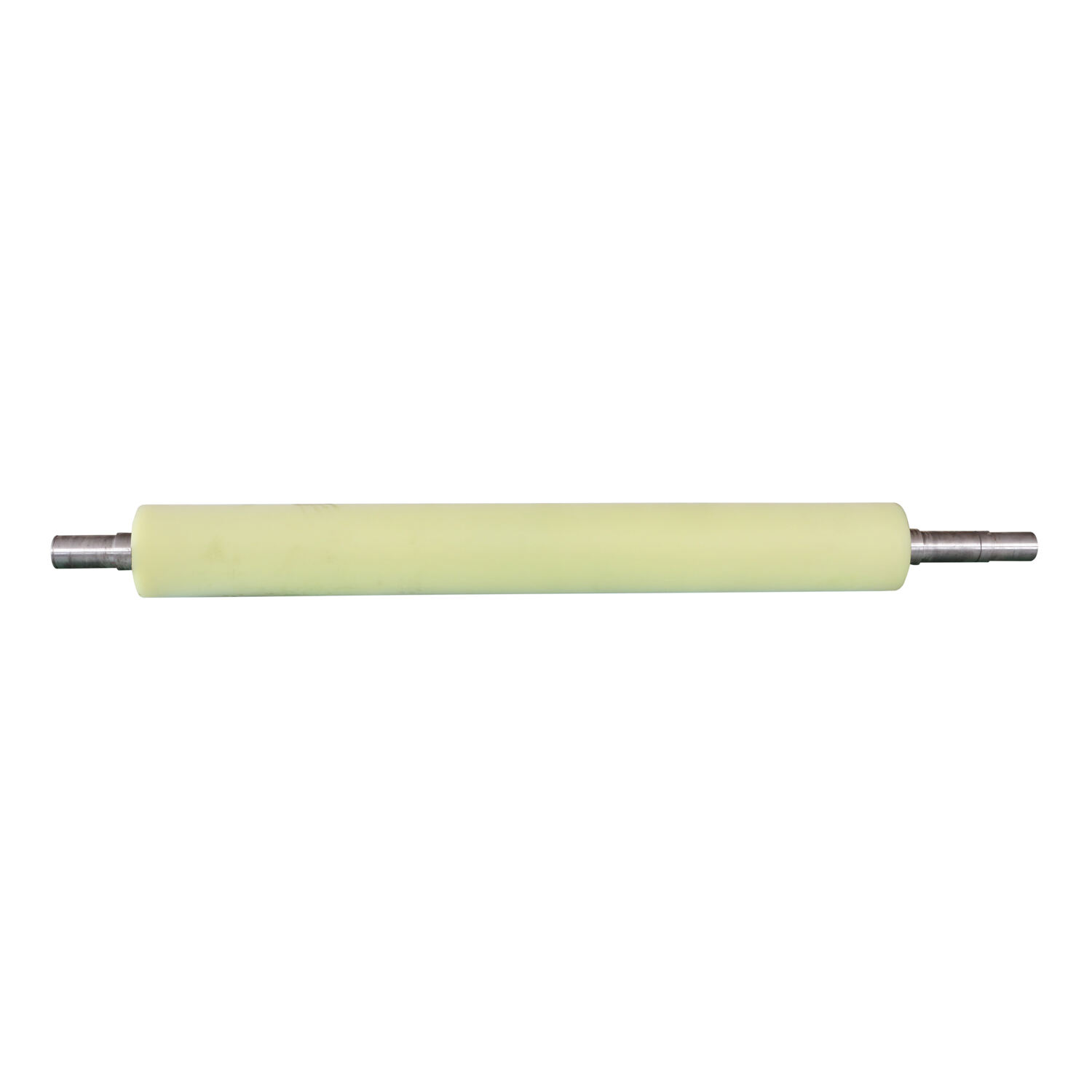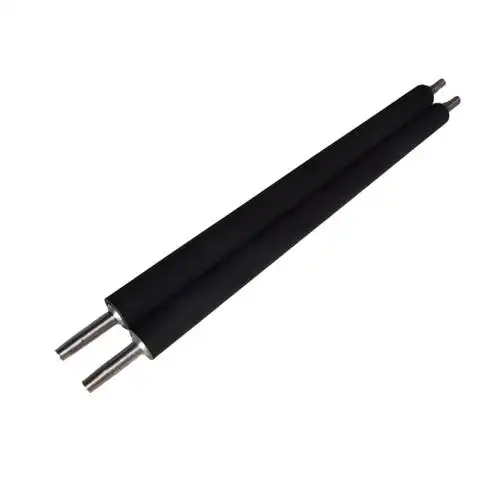rubber roller for lamination
Rubber rollers for lamination are essential components in modern manufacturing processes, serving as critical elements in the seamless bonding of materials. These precision-engineered cylinders feature a specially formulated rubber exterior that ensures uniform pressure distribution and consistent adhesion across the entire surface area. The roller's core is typically constructed from high-grade steel or aluminum, providing structural stability while the rubber coating offers the necessary flexibility and grip required for effective lamination. These rollers are designed to operate within specific temperature ranges and pressure conditions, maintaining their physical properties to deliver reliable performance. The rubber compound used in these rollers is carefully selected to resist wear, chemicals, and temperature variations, ensuring a longer operational lifespan. In industrial applications, these rollers can handle various material types, from paper and textiles to plastics and metals, making them versatile tools in manufacturing. The surface texture of the rubber can be customized to accommodate different lamination requirements, whether it's for smooth glossy finishes or textured applications. Modern rubber rollers also incorporate advanced features such as static dissipation properties and precision balancing to enhance their performance in high-speed operations.


